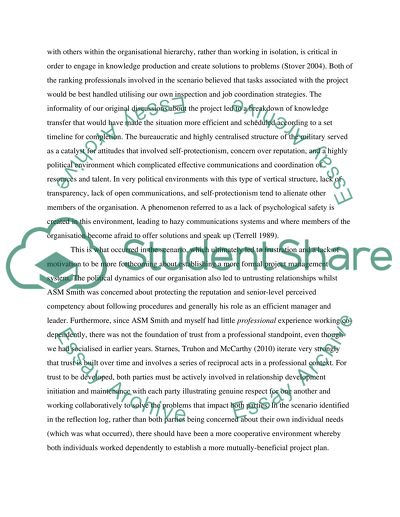Cite this document
(“Integrating Professional Engineering Experience - Analyse different Essay”, n.d.)
Retrieved de https://studentshare.org/engineering-and-construction/1496532-integrating-professional-engineering-experience
Retrieved de https://studentshare.org/engineering-and-construction/1496532-integrating-professional-engineering-experience
(Integrating Professional Engineering Experience - Analyse Different Essay)
https://studentshare.org/engineering-and-construction/1496532-integrating-professional-engineering-experience.
https://studentshare.org/engineering-and-construction/1496532-integrating-professional-engineering-experience.
“Integrating Professional Engineering Experience - Analyse Different Essay”, n.d. https://studentshare.org/engineering-and-construction/1496532-integrating-professional-engineering-experience.


